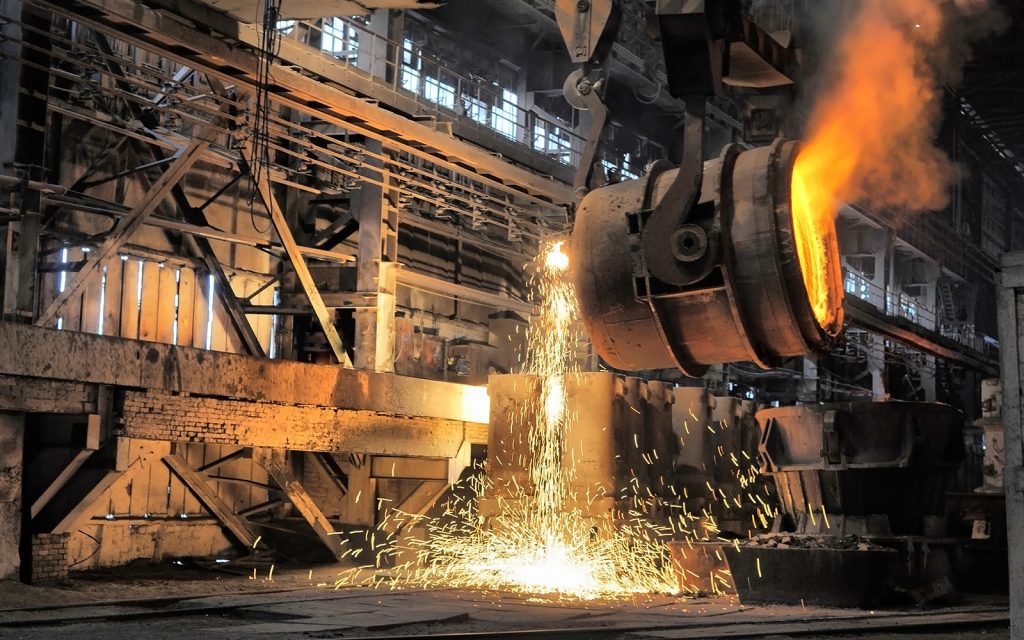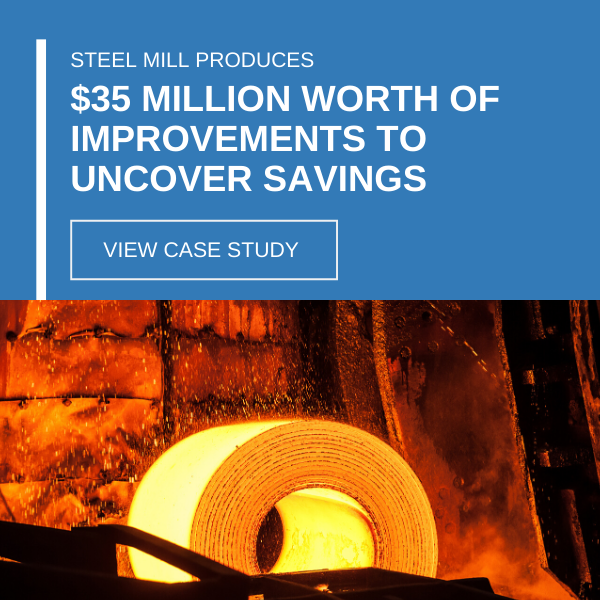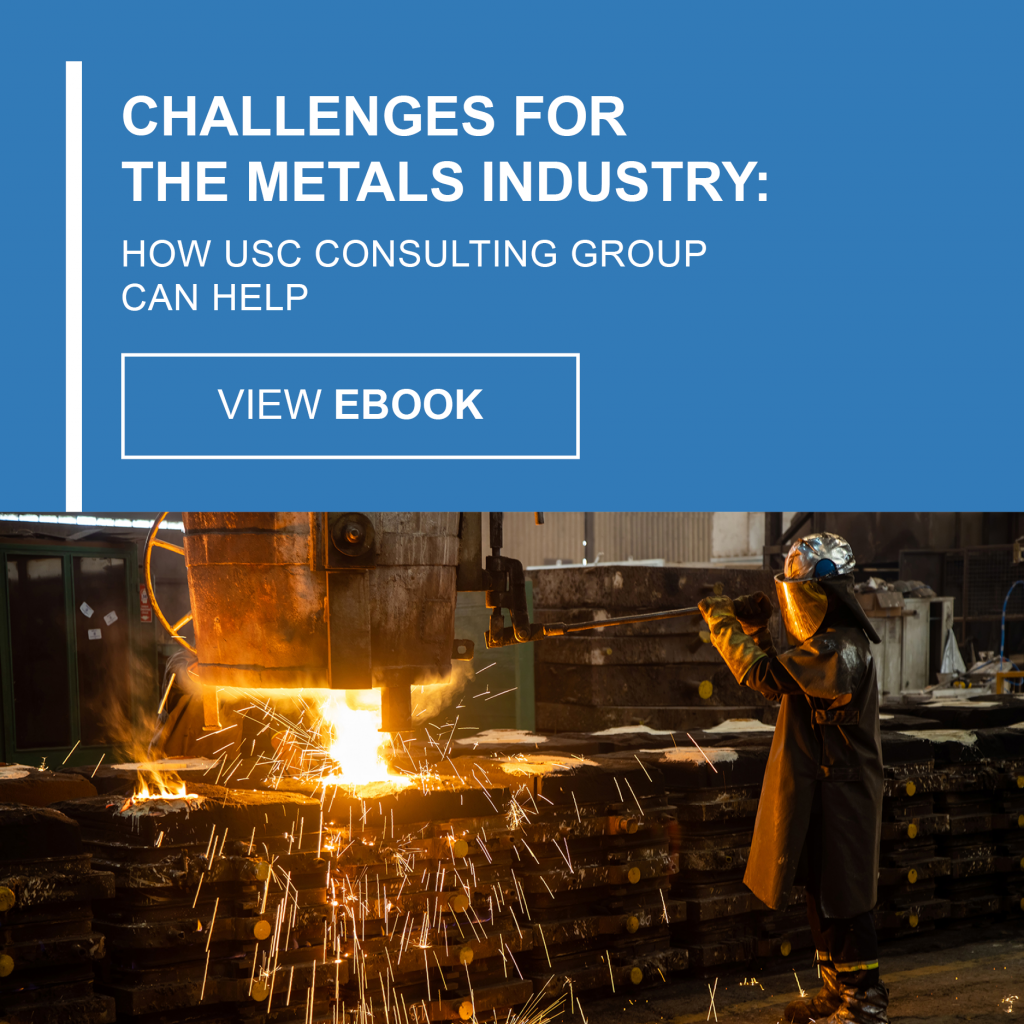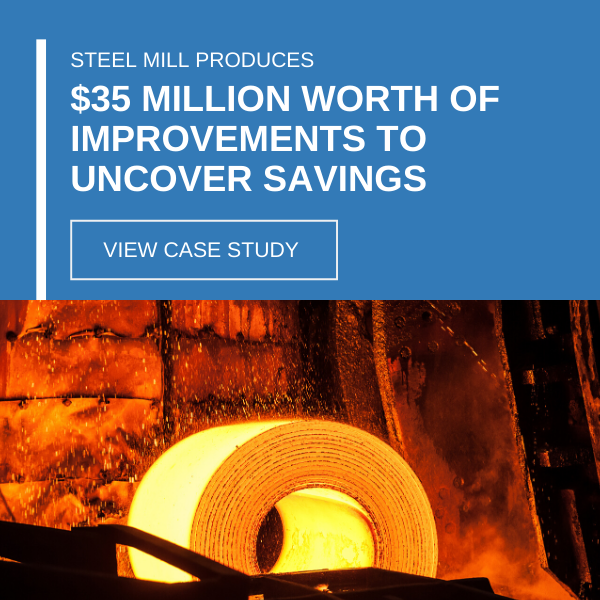
Demand management: When demand exceeds your ability to produce, what can be done?
What do you do when your demand is greater than your ability to meet it? This is one of the big issues some of our clients in the metals industry are facing these days as increased demand is matching or exceeding what is believed to be their capacity. Facing that situation, what can be done other than turning down sales?
Our customers who are dealing with demand management problems tend to come to us when they’re mired in what they believe is a lesser-of-two-evils choice. An option can be to increase capacity by investing in new capital assets but this involves investing millions of dollars and will demand be there given the long lead time for those assets. A possible second option is to increase capacity by expanding the hours of operation either by hiring additional staff or through overtime. Again, this leads to an increase in costs, especially if hiring additional staff also has a lead time as employees are hired and trained. So they come to us looking for a third option: Doing more with the assets they already have.
At USC Consulting Group, that’s our wheelhouse. It’s what we’ve been doing for companies for over 50 years.
We’re not about telling our clients to throw out machinery that’s working pretty well, open their wallets, and upgrade to state-of-the-art technology. Most of the time, that’s a huge expense that’s just not necessary. Instead, we do the hard work of rolling up our sleeves and finding hidden opportunities for improvements with your current assets. It’s about doing more with what you have and overcoming demand management problems.
Hidden opportunities
What are hidden opportunities, exactly? They are efficiencies in your operation that you’re not aware of. We find them by first listening to you describe your issues, bottlenecks and stumbling blocks. Then, we look at your existing management operating system and standard work procedures like a detective, looking for ways to kick your efficiency up a notch. We find the opportunities that you may not see. Nine times out of ten, we find them by looking at issues that are generally accepted as “just the way things are.” A few examples:
- Excessive cycle time. Cycle time to produce a part could be reduced by redistributing the work between cycles so that more of the activities take place in parallel vs. in series.
- Excessive time for changeovers on a machine. There are activities that could be started and even completed before the changeover starts.
We start the process of finding hidden opportunities by finding the answers to a few questions.
- Where is the problem?
- Is it technical or tactical?
- Is it feasible?
If it’s technical, maybe it’s time to bring in the engineers to improve on your machines’ functions. If it’s tactical, we look at your processes, the way you’re using those machines, to find those hidden efficiencies.
We also take a hard look at the feasibility of your goal. If you’re producing 900 tons per day and the demand is 1,100, can we reasonably get you there? Sometimes the answer is no. Sometimes we can split the difference and get you close to the goal. Sometimes we can hit that goal and then some.
Why frontline buy-in is essential
At times, our recommendations for new efficiencies in your time-tested processes might ruffle some feathers, especially those of your crews on the frontlines, men and women who are doing those jobs for a living. That’s why we involve them from the beginning. We don’t swoop in at the end of our process and hand them a playbook on how to do their jobs better. Instead, they help us write that playbook. Your frontline employees’ buy-in is crucial to the success of any changes you want to make.
Frankly, working with your frontline employees makes our job easier, too. They give us the lowdown on what’s happening in your operation. We hear what’s going right, and at times, what’s going wrong. They often can see what the problems are, but not know how to fix them. We can get the single source of truth from your frontlines and implement plans to fix the issues and improve productivity. It’s crucial to finding where efficiencies can happen.
To read more about how crucial frontline buy-in is to the process, read our blog, Why Getting Buy-in from Frontline Employees is Key.
At USCCG, we pride ourselves in finding hidden opportunities for efficiencies that will help smooth out bottlenecks and allow our customers to meet growing demand with their current assets. Please get in touch if you’d like to find out more.
For a deeper look at demand management problems and other challenges and how we find hidden opportunities in Metals manufacturing operations, download our free eBook: “Challenges For The Metals Industry: How USC Consulting Group Can Help”







